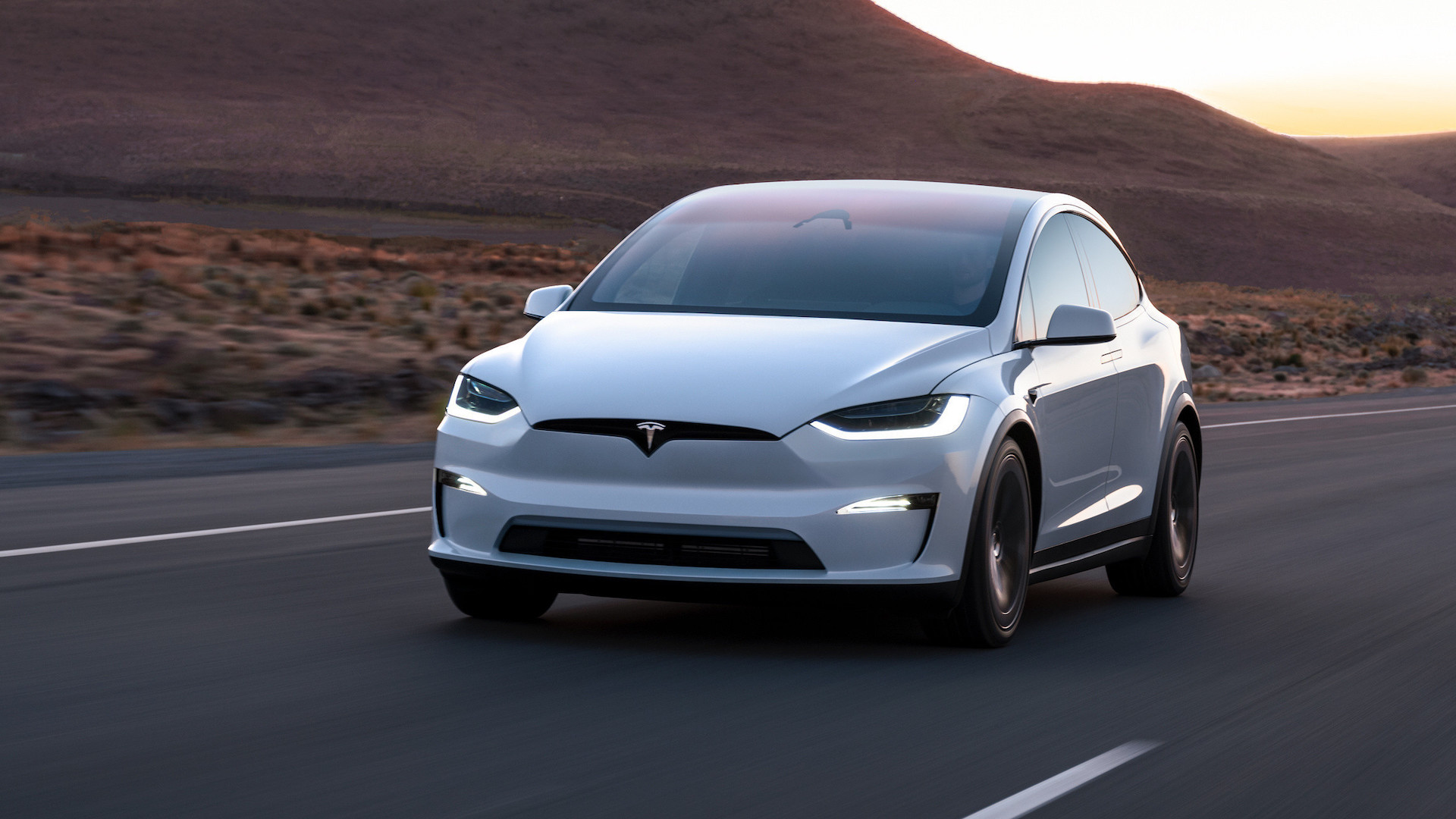The forthcoming Aston Martin Valkyrie has been the genesis of some of the most ambitious and extreme hypercar dreams yet to come down any pike, thanks to a partnership between Gaydon with Red Bull Racing (and several other key partners). It is a point in homage to the cutting-edge of automotive technology, blending Formula 1 tech with road going potential. ### Design and Aerodynamics Aero wise the Valkyrie shares a lot with an F1 car, and that’s because it was designed in part by Red Bull Racing CTO Adrian Newey who knows all about downforce. A radical-looking machine, maybe too much so considering its mostly unadorned rear-body panels make it look like a bit of an unfinished prototype. All of the bodywork has been sculpted to generate downforce with minimal drag in order to help keep the Valkyrie astonishingly planted at high-speeds. Chassis Undercovers: One of the biggest aerodynamic advantages The entire car uses an open underbody design for a Venturi effect to channel air through it, contributing the lion’s share of downforce – Chevrolet does not give numbers other than “significant” – and making yet another wing or spoiler unnecessary to make up lost-downforce demands as well. Those, combined with the teardrop style cockpit and that central fin from top of car to rear which are responsible for delivering such exceptional aerodynamic performance. Powertrain and Performance The Aston Martin Valkyrie’s heart is a 6.5-liter naturally aspirated V12 by Cosworth—which revs beyond (11,100 rpm). It will produce about 1,000 hp regardless alone and it is going to be one of the most powerful naturally aspirated engines ever fitted into a roads car. However, the Valkyrie also gets a hybrid system developed by Rimac and Integral Powertrain Ltd. that adds an additional 160 hp for a total of astronomical 1,160 hp. Combine that with a light weight car (the Valkyrie tips the scales around 1030 kgs) and what you have are some staggering performance numbers. A 251+ mph top speed and a better than theoretical sub-2.5 second 0-60mph time should add up to place the car in class of its own, dabbling within similar territory as some Longtail GTs higher echelon racers ever created. ### Interior and Technology Not to mention the Valkyrie’s cabin, which is every bit as high-strung and extreme as what you see on its virtually minimalist exterior. The cabin has been created to feel as close to a Formula 1 car, well as it can be. The driver and experienced passenger on the other hand lay down like they are at a Roman orgy with their feet up (an inadvertent function of F1-spec side mounted pedals), limboing into that oh-so-essential low CG weight-center. Using data shown and provided by an in-dash digital display derived from a Formula 1-style removable steering wheel, real-time monitoring of all essential driving functions are fed back to the pilot. Just about everything else inside was purposefully bare-bones, with glimpses of carbon fiber twirling through behind the car’s naked flesh poking out at just how feathery this baby was meant to be. ## Production- Snap Exclusive Just 150 of each A car that is rarer than rare! Meanwhile, Aston Martin will make 25 more track-only versions called the Valkyrie AMR Pro that’s even crazier in performance and design, as well built only for those who enjoy have fun or love time attack events. ### Conclusion But the term ‘car’ doesn’t really do the Aston Martin Valkyrie justice, because it is a pure showcase of what happens whenever you rip up an F1 rulebook and decide to give it registration plates. The Valkyrie is a hypercar in terms of design and technology, using race-proven construction techniques combined with F1-inspired active aerodynamics.




